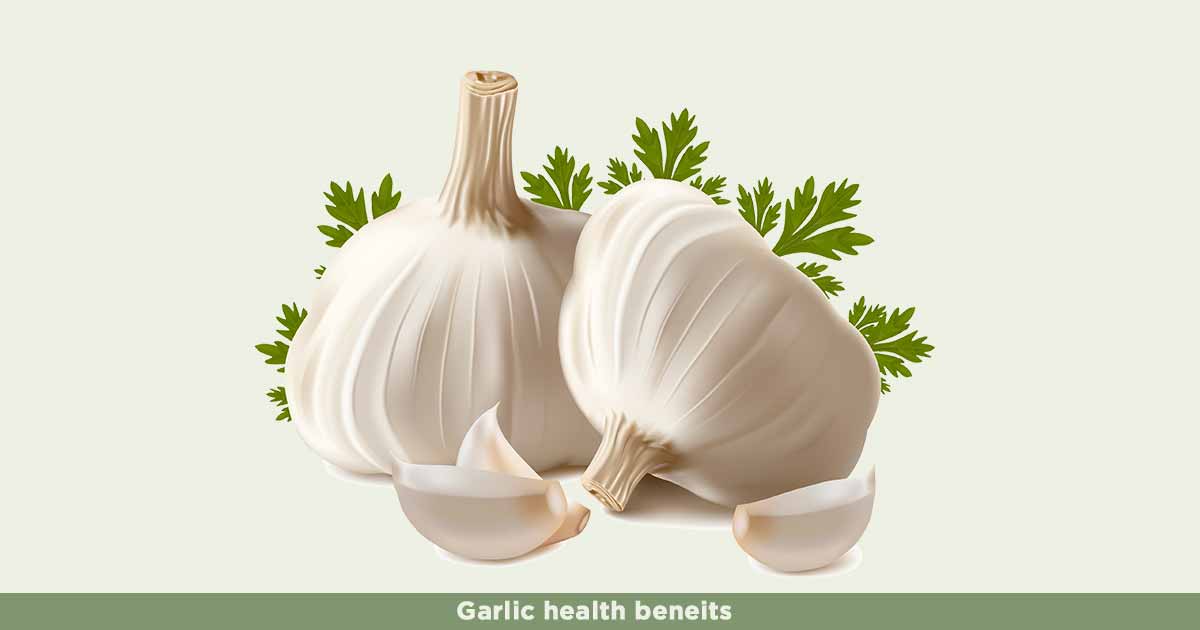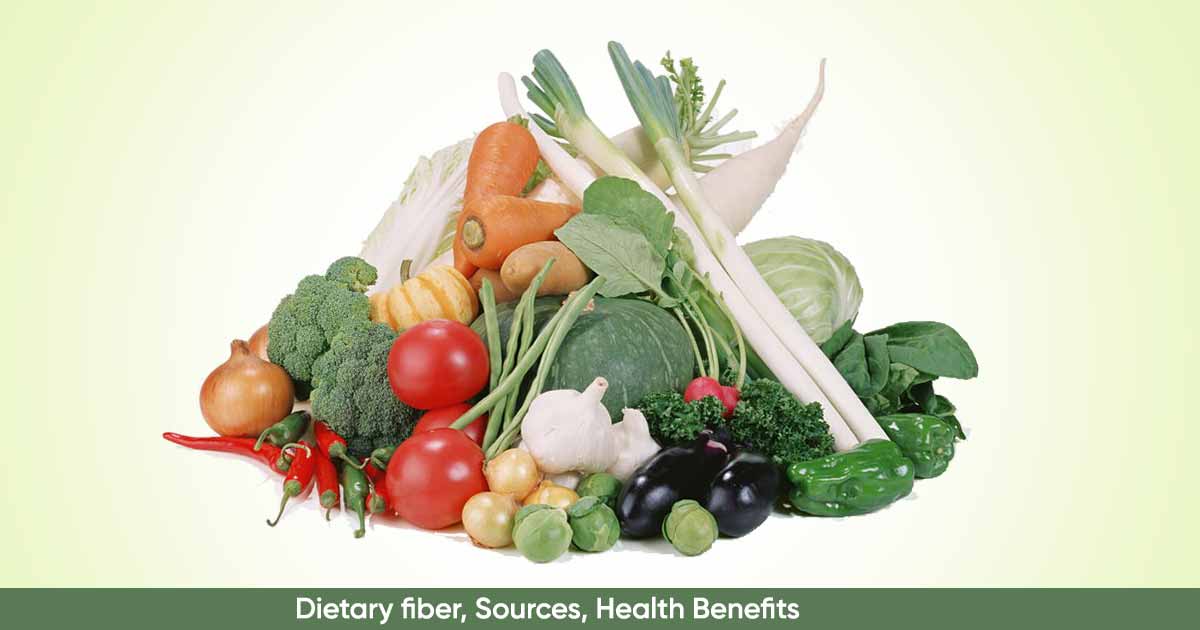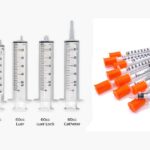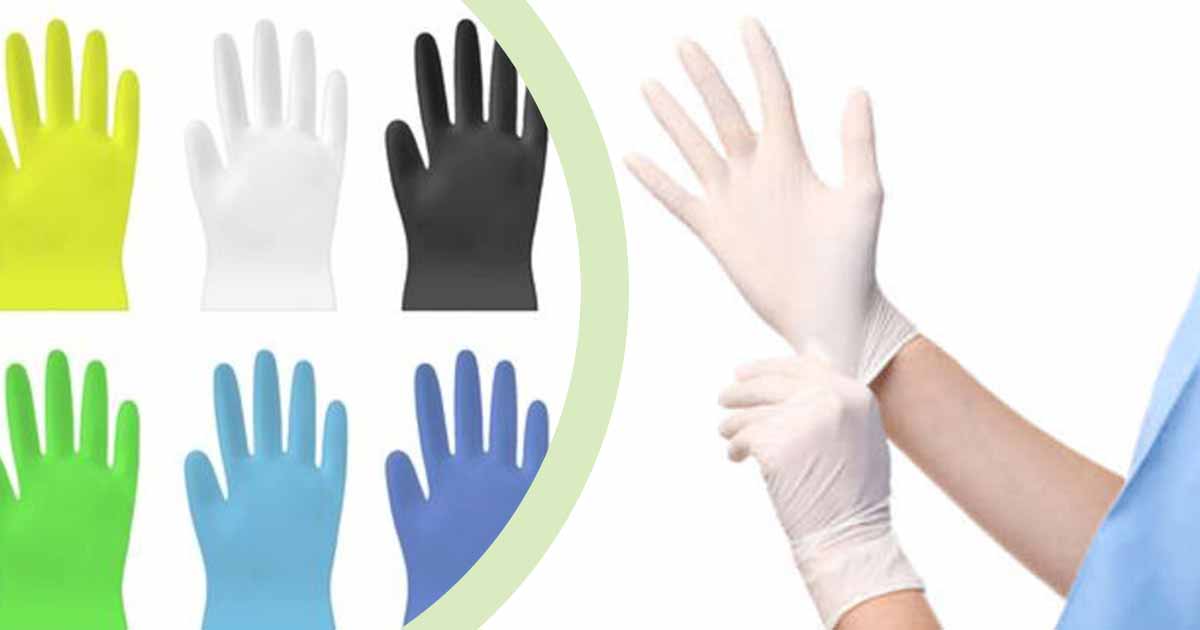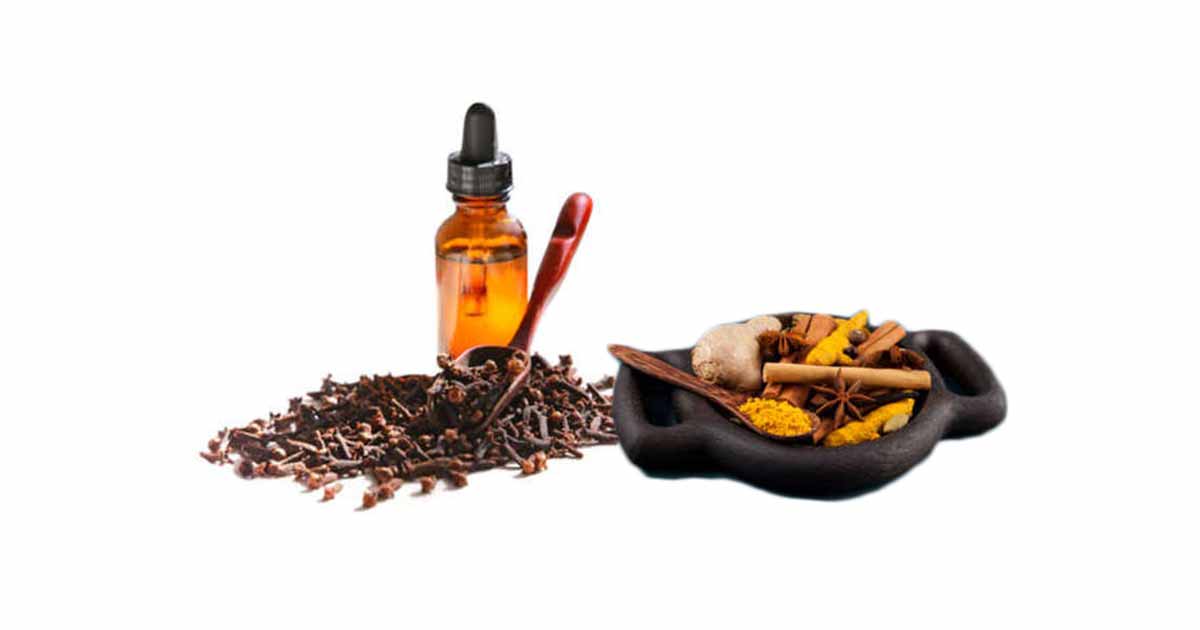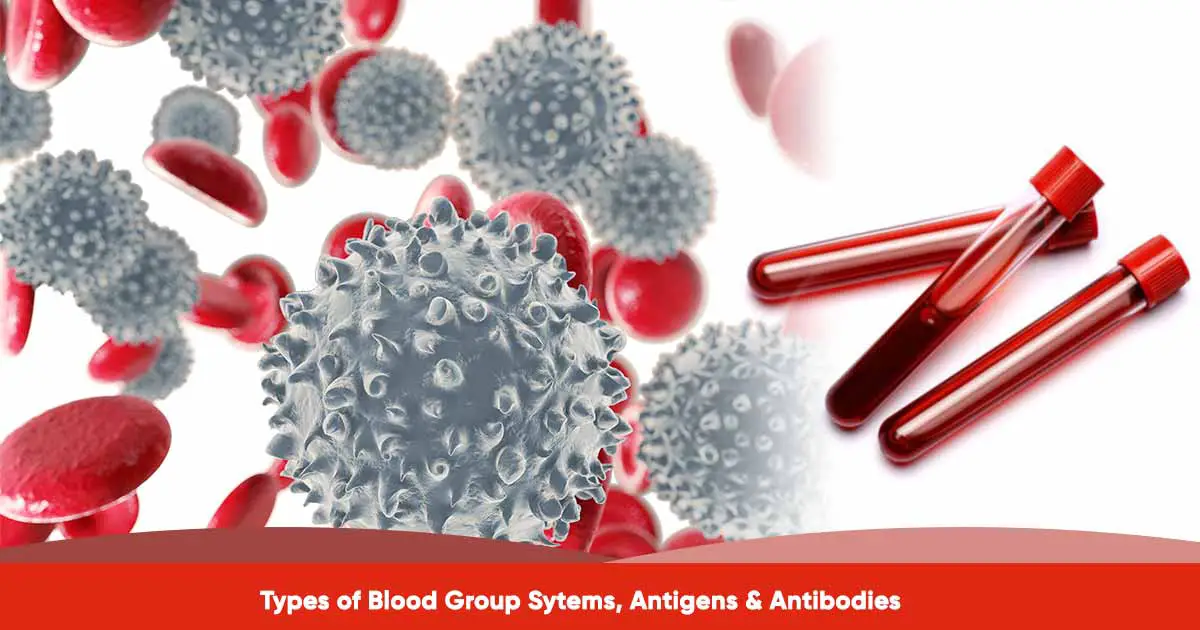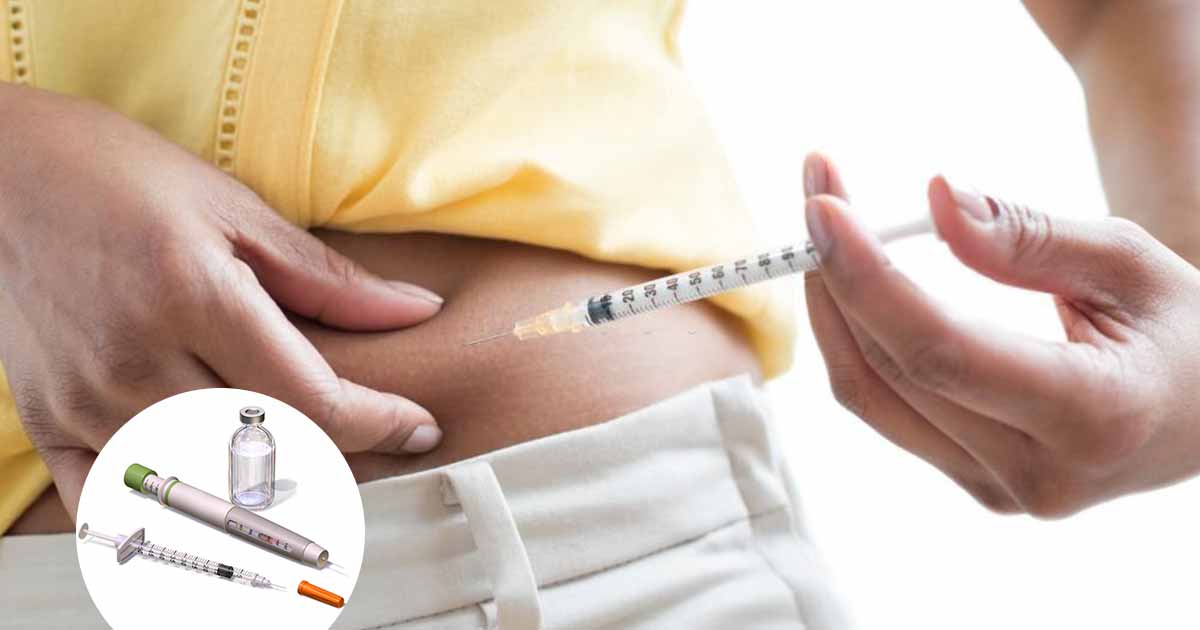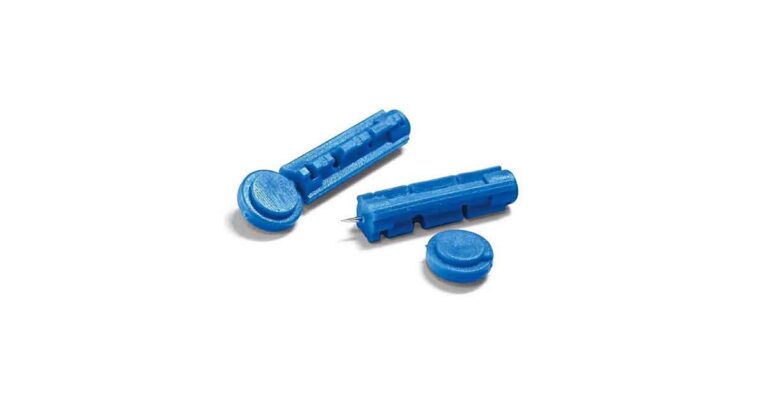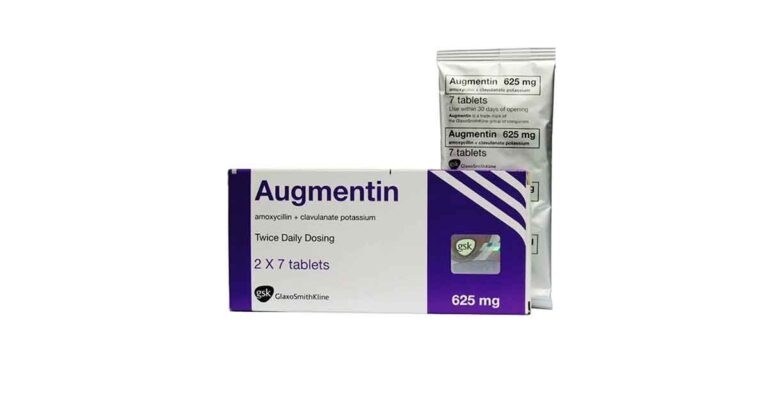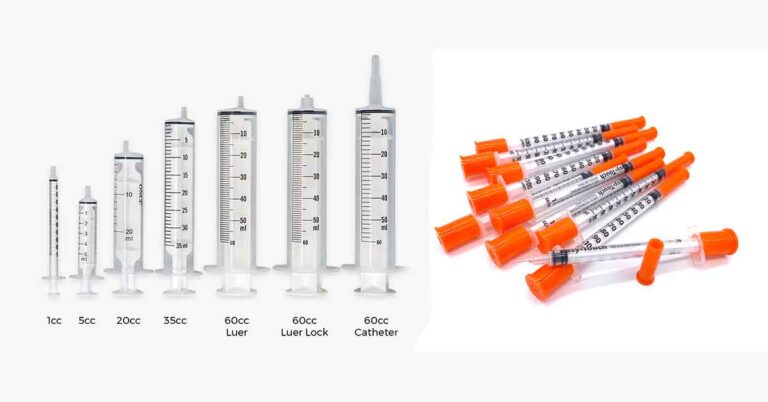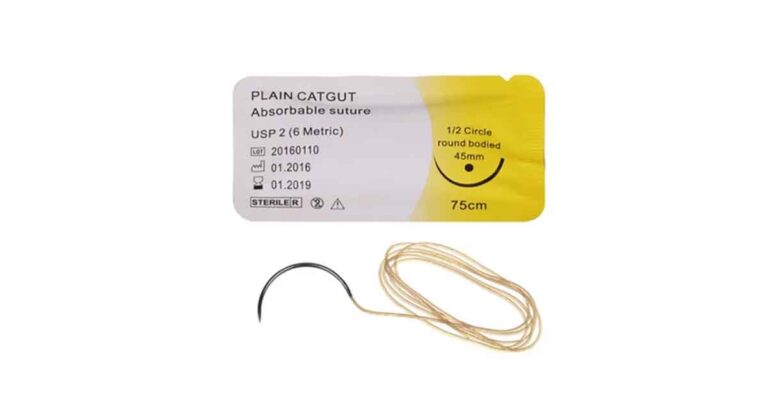Garlic (Allium sativum L) is a spice and medicinal plant from the family, Amaryllidaceae, just like onions (Allium cepa), Shallot (Allium ascalonicum), Leek (Allium porrum). Alium is from a Celtic word, which means ‘pungent’. The plant is a herbaceous, annual, bulbous plant. The bulb is edible, and has a pungent smell.
The garlic bulb may have a short, woody central stem, or a softer pseudostem, with overlapping leaves. The bulb can be 7 cm in diameter, and may have up to 15 cloves. The stem is termed pseudosterm, as it is short and flattened. Leaves can be 50 cm (19.7 in) long, blade-like.
The plant can be eaten raw as fresh leaves or dried cloves. It can be processed into oil, powder, and extract. A mixture of garlic and ginger is an effective recipe made from the two plants. They both have immense medicinal properties such as antioxidant, anti-inflammatory, anti-diabetic, antimicrobial properties, among others.
Garlic originates from the Asia. China is the largest producer, followed by South Korea, Egypt, the US. It is planted in other countries like Afghanistan, Vietnam, Nigeria, France, etc. It survives different soil conditions and environmental conditions.
Allium sativum is harvested when the leaves turn yellow or brown, and start to fall off. You can use the plant immediately or store for as long as one year after curing. Aged garlic extract (AGE), made from the plant when it is allowed to age for at least 20 months, contain more stable compounds than fresh bulb.
Other common names of garlic are Camphor of the Poor, Clove of Garlic, Nectar of the Gods, Rocambole, Rocamboles, Rustic Treacle, Serpent Garlic, Stinking Rose.
Allium sativum has been used for medicinal purposes for thousands of years in places such as ancient China, Egypt, Babylon, Rome, and Greece. Louis Pasteur used it as an antiseptic to put off gangrene during World War I.
Medicinal Constituents in Garlic (Allium sativum )
Garlic contains a high quantity of organosulfur compounds (OSCs) such as allicin, alliin, diallyl sulfide (DAS), diallyl disulfide (DADS), S-allylcysteine (SAC), allyl mercaptan (AM), diallyl trisulfide, Z-Ajoene, allyl methyl sulfide (AMS), E-Ajoene, and 2-Vinyl-4H-1,3-dithiin (2VD).
The organosulfur compounds (OSCs), may be water-soluble, such as S-allyl cysteine (SAC), S-allyl mercaptocystine (SAMC) and S-methyl cysteine, and gamma-glutamyl cysteine. It can also be oil soluble like diallyl trisulfide, and allyl methyl trisulfied, dithiins and ajoene.
The water-soluble constituents are safer, odor free and colorless, while the oil soluble parts have odor. Raw garlic has more digestible organosulfur compounds (OSCs) than cooked ones.
2-vinyl-4H-1,3-dithiin (2VD) is a main component of garlic macerated oil and stir-fried Allium sativum.
An intact garlic contains alliin, an odorless, sulfur-containing amino acid derivative. When the plant is crushed, chopped or chewed, it is converted to allicin (diallylthiosulfinate) by the enzyme alliinase. From allicin, It is then converted to other compounds.
Heat deactivates alliinase, which means cooked bulb have less medicinal effect. The stomach enzymes also inhibits alliinase, hence garlic supplements should be prepared as an enteric-coated formulation.
Allium sativum also contains flavonoids, terpernoids, steroids, phenols, saponins, peptides, amino acids, enzymes (alliinase, peroxidases, and myrosinase), and polysaccharides (mainly fructose, but with quantities of fructose, glucose, and galactose)
Nutritional Composition of Garlic
Fresh and dried garlic is used in cooking because of the rich nutritional content, and the flavoring, and taste to food. It contains proteins, sugars, fiber, vitamins such as thiamine, riboflavin, niacin, pantothenic acid, vitamin B6, folate and vitamin C.
There are minerals such as calcium, potassium, phosphorus, sulfur, iodine, iron, magnesium, sodium, and zinc. There are trace elements such as selenium, germanium, tellurium.
Nutritional Content in Garlic (per 100g of the plant)
| Nutrition | Quantity |
| Carbohydrates | 33.06 g |
| Sugar | 1 g |
| Protein | 6.36 g |
| Energy | 623 kJ (149 k cal) |
| Dietary fibre | 2.1 g |
| Vitamins | |
| Thiamin | 0.2 mg |
| Riboflavin | 0.11 mg |
| Niacin | 0.7 mg |
| Pantothenic acid | 0.596 mg |
| Vitamin B6 | 1.235 g |
| Folate | 3 ug |
| Vitamin C | 31.2 mg |
| Minerals | |
| Calcium | 181 mg |
| Iron | 1.7 mg |
| Magnesium | 25 mg |
| Manganese | 1.672 mg |
| Phosphorus | 153 mg |
| Potassium | 401 mg |
| Sodium | 17 mg |
| Zinc | 1.16 mg |
Health Benefits of Garlic (Allium sativum)
Garlic has many health benefits such as blood pressure, cancer, hyperlipidemia, diabetes, atherosclerosis, and antimicrobial (antiviral, antibacterial, antifungal), sickle cell, respiratory conditions.
Cardiovascular effect: It decreases serum cholesterol and triglycerides, LDL oxidation. It also suppresses the formation of 3-hydroxy-3-methylglutaryl-CoA, and lowers arterial plaque development, homocysteine, and platelet aggregation. There is an increase in fibrinolytic activity.
All these effects may help to lower blood pressure, cholesterol and diabetes.
Anticancer property: Garlic supplements like fresh extract, matured, or garlic oil all contain organosulfur compounds like acetylcysteine, and allyl sulfides. These compounds have chemopreventive action against cancer forms such as leukemia, melanoma, and neuroblastoma.
In another study, S-allyl cysteine and S-allyl mercapto-L-cysteine, major constituents from aged garlic, were found to have more radical scavenging activity than fresh Allium sativum.
Studies suggest garlic and other allium vegetables such as onions, leeks, shallots, chives, may decrease risk of colon and stomach cancer.
Selenium, a microelement in the plant, has anticancer property.
Antidiabetic effect: In laboratory rats induced with STZ or alloxan, Allium sativum extract helped to reduce serum glucose, total cholesterol, triglycerides, and other markers of liver diseases such as urea, uric acid, aspartate aminotransferase, and alanine aminotransferase. This helped to improve insulin and manage diabetes. It also prevents liver diseases.
Antihypertensive effect: In vitro studies suggest the organosulfur compounds are converted to hydrogen sulfide. Hydrogen sulfide has vasoactive property and is an endogenous cardiovascular protective vascular cell-signaling molecule.
In a study by Oluwole, he suggested the plant may help in the maintenance of electrolyte balance. It may enhance sodium, and potassium reabsorption, improving renal blood flow and curb secondary hypertension.
Antioxidant property: Allium sativum contains antioxidants such as vitamin C, diallyl sulfide (DAS), diallyl disulfide (DADS), s-ethylcysteine (SEC) and n-acetylcysteine (NAC). Antioxidants destroy free radicals that can cause damage to cell membranes, DNA, and cause cardiovascular diseases, cancer, and ageing.
Antimicrobial activity: Allicin has antibacterial, antifungal, and antiviral property. It inhibits gram-positive and gram-negative bacteria, such as Escherichia, Staphylococcus, Streptococcus, Pseudomonas, Klebsiella, Helicobacter pylori, Micrococcus, Salmonella, Enterobacter, Lactobacillus, Shigella, and Proteus. Garlic is popularly called the Russian Penicillin because of the action against numerous bacteria that are resistant to antibiotics.
It inhibits yeasts and fungi, such as Candida albicans, Cryptococcus neoformans, Cryptococcus trichophyton, and Histoplasma capsulatum.
Allium sativum has constituents such as ajoene, allicin, allyl methyl thiosulfinate, methyl allyl thiosulfinate, methyl allyl with antiviral activity. They may inhibit human immunodeficiency virus type 1, coxsackievirus spp., herpes simplex virus types 1 and 2, influenza B, vesicular stomatitis virus, parainfluenza virus type 3, and human rhinovirus type 2.
Prevents inflammation: Diallyl sulfide, and allyl methyl sulfide, thiacremonone, Z- and E-ajoene, and some other compounds in the plant reduce the expression of pro-inflammatory cytokines such as tumor necrosis factor-α, IL-1β, and IL-6.
Lowers lipid levels: The water-soluble constituents of Allium sativum such as S-allyl cysteine (SAC) and diallyl disulfide (DADS) lowers low-density lipoproteins (LDL), lipid peroxidation, and plaque formation.
It also inhibits liver lipogenesis and lowers cholesterol forming enzymes such as malic acid synthetase, hydroxy-3-methylglutaryl-CoA (HMG-CoA) reductase, fatty acid synthetase, glucose-6-phosphate dehydrogenase.
Reduces stress: Low-temperature-aged garlic (LTAG), or the raw form decrease stress-related hormones such as corticotropin-releasing factor, corticosterone, and cortisol.
It also restored acute restraint stress-induced decreases in concentrations of brain monoamine levels (serotonin, norepinephrine, epinephrine, and dopamine). There is also improved antioxidant levels in the body, reducing stress.
Antiplatelet activity: Allium sativum inhibit platelet aggregation both in vivo and in vitro by reducing cyclooxygenase activity and thromboxane A2 production. However, at dietary doses, this effect is not pronounced.
Vaginal infection: Consuming fresh cloves of the plant may treat bacterial vaginosis, scabies, and eliminate discharge. This is as a result of the antimicrobial constituents of the plant.
Sickle cell anemia: Aged garlic extract (AGE) has antioxidant property. In a study with human subjects, the extract reduced the Heinz bodies, after weeks of treatment. Heinz bodies indicate oxidative injury to the blood cells.
Anthelmintic Activity: Allium sativum may have anthelmintic action against human Ascaris lumbricoides, the parasite that cause serious worm infection. The infection could lead to intestinal blockage and perforation.
Also, the allicin content reduced glucose uptake, glycogen content, oxygen use, and death in parasitic worms such as Ascaridia galli, and Heterakis gallinarum.
Learning and memory: The plant may shield neurons from neuronal toxicity and prevents ischemia, obsessive-compulsive disorder (OCD), and neuronal death. This may improve cognition and learning.
Recommended Dosage of Garlic
According to the American Academy of Family Physicians, the recommended daily dose of garlic for adults is
- 4 g (one to two cloves) of raw garlic per day,
- One 300-mg dried powder tablet (standardized to 1.3 percent alliin or 0.6 percent allicin yield) two to three times per day, or 7.2 g of aged garlic extract per day.
Drug Interactions with Garlic
Large quantity of garlic may interfere with drugs such as:
- Drugs, such as warfarin, that prevent blood clots. This may increase the incidence of bleeding.
- Human Immunodeficiency Virus (HIV) Drugs such as saquinavir, making them less effective.
- Anti-diabetic drugs, like calcium channel blockers, reducing blood sugar below normal.
- Hypertensive drugs, and may lower the blood pressure too much.
- Quinolone antibiotics like ciprofloxacin.
- Tacrolimus, a drug that prevents organ rejection of a transplanted organ, increasing the levels of tacrolimus in the body, and may cause liver damage.
- It also decreases Isoniazid levels, according to data from animal studies.
It is recommended you talk to your doctor before taking much garlic if you are taking drugs for hypertension, diabetes, tuberculosis, HIV, or drugs to prevent organ rejection in organ transplant, or anticoagulant medications.
Side Effects of Garlic
Raw garlic has a strong odor and may cause gastric discomfort, nausea, burning sensation in the mouth, esophagus, and stomach. Excessive consumption of garlic may interfere with hemoglobin production and lead to lysis of red blood cells.
It may also cause body odor, mouth odor (halitosis) due to the ally methyl sulfide (AMS) constituent. Also, use with caution in people who have risk of bleeding, as it has antiplatelet effect preventing blood clotting.
Applying it on the skin may cause allergic dermatitis, burns, and blisters.
Breastfeeding mothers may experience the odor of the garlic in the milk while feeding the baby.
In lab rats, long-term feeding with it caused weight loss, anemia, and growth stunting. A high dose of garlic powder (200 mg/kg) led to obvious cell injury in the rat liver.
References
- https://plantvillage.psu.edu/topics/garlic/infos
- https://bmcnephrol.biomedcentral.com/articles/10.1186/s12882-019-1204-6#:~:text=As%20the%20main%20finding%2C%20this,period%20in%20garlic%2Dtreated%20group.
- https://pubmed.ncbi.nlm.nih.gov/16484568/
- https://www.msdmanuals.com/home/special-subjects/dietary-supplements-and-vitamins/garlic#:~:text=esophagus%2C%20and%20stomach.-,What%20drug%20interactions%20occur%20with%20garlic%3F,)%2C%20increasing%20risk%20of%20bleeding.
- https://escholarship.org/content/qt86d370m1/qt86d370m1_noSplash_40f463f9e86cc2b5672e0256b493b4d0.pdf?t=krnmg6
- https://journals.lww.com/jcma/fulltext/2019/09000/aged_garlic_extract_supplement_helps_relieve_acute.2.aspx
- https://downloads.hindawi.com/journals/tswj/2021/8817288.pdf

